Hello everyone, and welcome to a new series here on Unshaved Mouse where I review every Batman movie except for the ones that I’ve already reviewed. Well, most of them. I mean, some of them. Look, the character’s been featured in over eighty films at this point and I have a life, allegedly. But let’s kick this off with a thematically appropriate question. Riddle me this! What is the first superhero movie?
Well, not to get all Bill Clinton on ya, but that really depends on your definition of “movie”, “superhero”, “first” and “the”. You can argue, and many do, that the superhero genre has always been with us. That Superman and Batman are just the latest iterations of characters like Enkidu, Herakles, Thor and Cúchulainn. At the opposite end of that maximalist take is the concept that the first superhero was Superman, because he was the first to embody three fundamental elements; a secret identity, superhuman powers and a comic book origin. And between these two poles there are characters that are kinda liminal, sort of superheroes and sort of not. Characters like Zorro and The Shadow. Pulp heroes? Superheroes? It’s not entirely clear. I know one guy who claimed that the first true superhero was Baroness Orczy’s 1905 creation the Scarlet Pimpernel. And since that guy was frickin’ Stan Lee. Yup. Good enough for Mouse.
If so, that would make the now-lost 1917 silent film The Scarlet Pimpernel the first superhero movie.
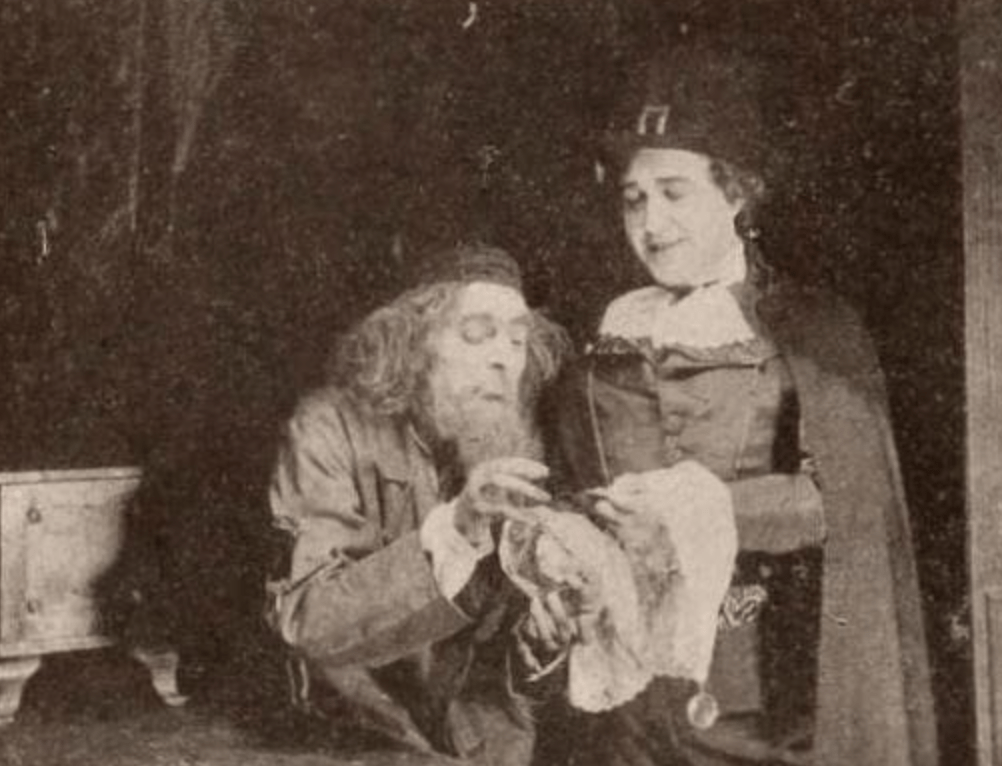
So, (if you’re willing to stretch your definitions), the superhero movie genre is over a century old, and even pre-dates superhero comics. And yet, if you ask the average person what the first superhero movie is, what do you think they’ll say? 1978’s Superman? The 1966 Batman? Why has around half of the genre’s history been essentially memory holed?
Well, part of the problem is that most superhero cinema prior to the 1950s came in the form of serials. Serials were essentially the precursors to TV shows. A cinema would screen a new episode every week. Each episode was typically between 10 and 30 minutes long, low-budget and would end with a cliff-hanger to get you back in next week. In the forties, many famous superheroes were adapted to the form, including Captain Marvel, Captain America, Superman and, of course, Batman.
The second reason why this era of superhero cinema is so obscure is that they were all mostly terrible.
Okay, let me walk that back a little. They are products of their time. Because of the nature of the format, serial plots tends to cycle in place for around ten episodes before abruptly sprinting to the climax. This makes them, as you might imagine, not exactly bingeable.
And yet, I feel like Colombia’s 1943 picture The Batman should have a bigger pop culture presence. It’s the first Batman film, after all. And it was influential, in its way. It created several hugely important parts of Batman’s mythos. And the sixties series was arguably more an adaptation of this serial than the actual comic it claimed to be based on. And yet, if fans even know about it it’s usually “that weird old Batman movie that’s super racist”. And you know what? That’s unfair.
It’s not just racist. It’s also very boring.
And look, I’m just going to say this up front. I’m not doing my usual scene by scene analysis on this one. Why?
BECAUSE THIS BEAST IS THREE AND A HALF GODDAMN HOURS LONG
The serial admittedly gets one thing very right immediately. The music.
Those first ominous chords reminded me instantly of Danny Elfman’s seminal Batman theme, dark and brooding. I love it. Let’s see how long this favourable impression lasts.
We get our first glimpse of Batman brooding and that’s it, that’s how long it lasted.
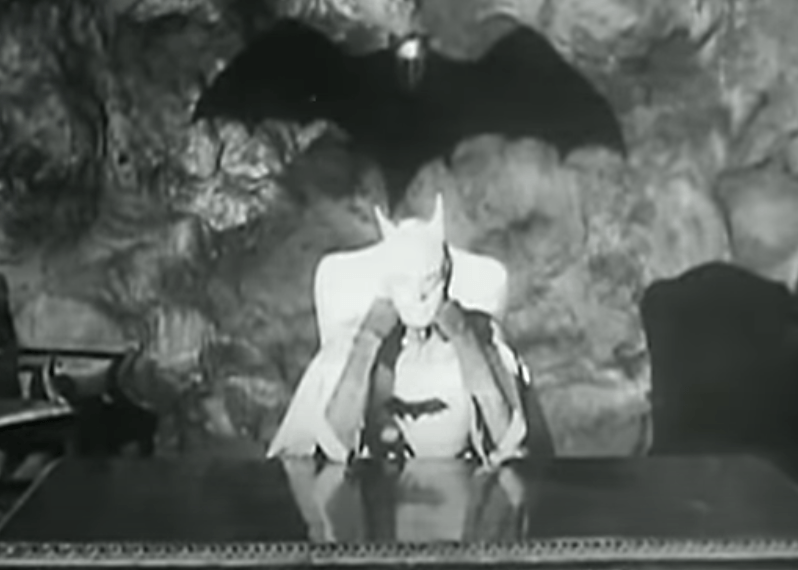
Okay, okay. I can be fair. The Bat Suit has always been tricky to portray onscreen without looking exceedingly silly and on a serial’s budget this was never going to look good. I actually find this derpy, floppy eared bit of nonsense charming. More important than the costume though, is where Batman is wearing it. This is actually the very first appearance of the Batcave (or rather “the Bat’s Cave”) in any medium. Also, the secret entrance to the Batcave being behind a grandfather clock comes from this serial too. Batman is played by Lewis Wilson who doesn’t really seem to have gotten the memo that he’s supposed to be playing two different characters. Lewis is playing Bruce Wayne as a foppish, borderline camp New England dandy.
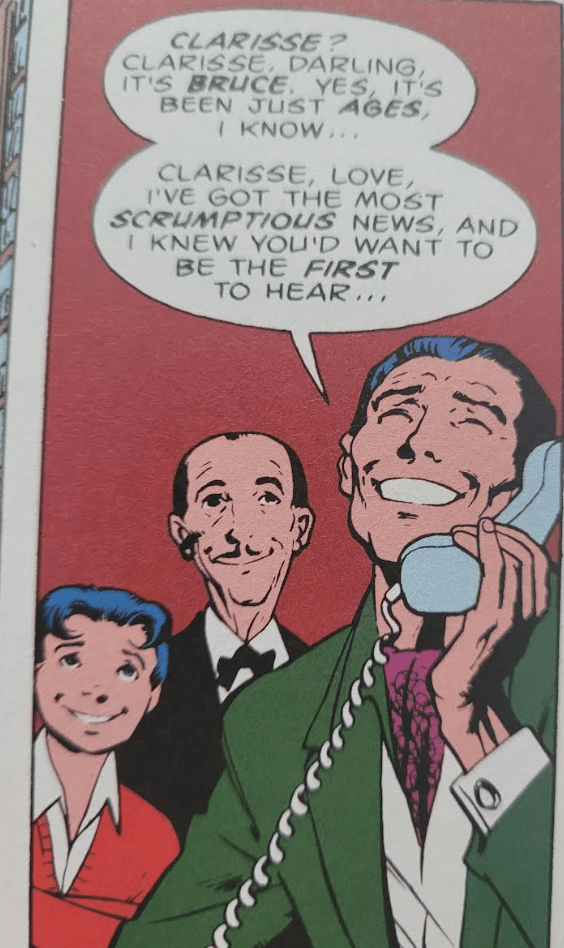
That’s all well and good, but he plays Batman more or less in the exact same register. For instance, when calling “Captain Arnold” (the serial doesn’t use Commissioner Gordon for some reason) to tell him that he’s left some incapacitated hoods to be picked up he says “I’ve got a nice little package for you”.
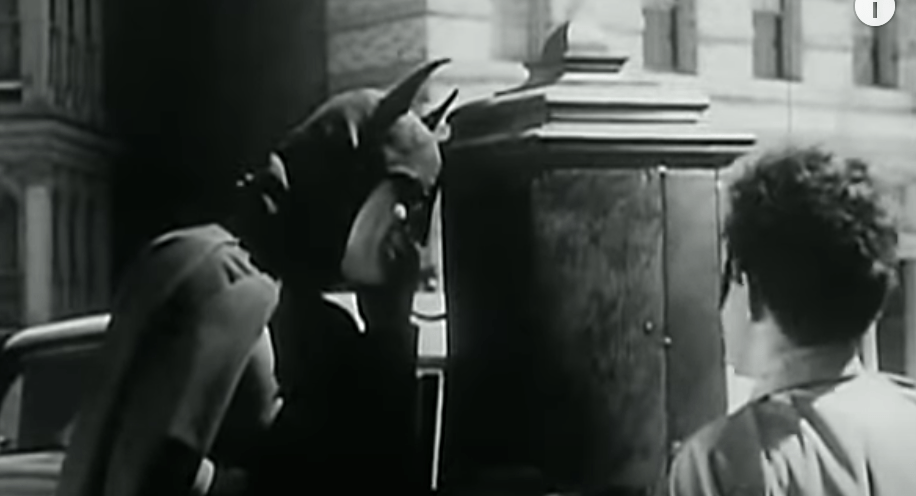
Even when he’s trying to intimidate some hoods he comes across as less “grim spectre of the night” and more “disappointed sitcom Dad”. I don’t want to be too hard on him however, he may not be a good Batman but he’s honestly a pretty decent Bruce Wayne. That’s not the first time we’ll come across that in this series FYI.
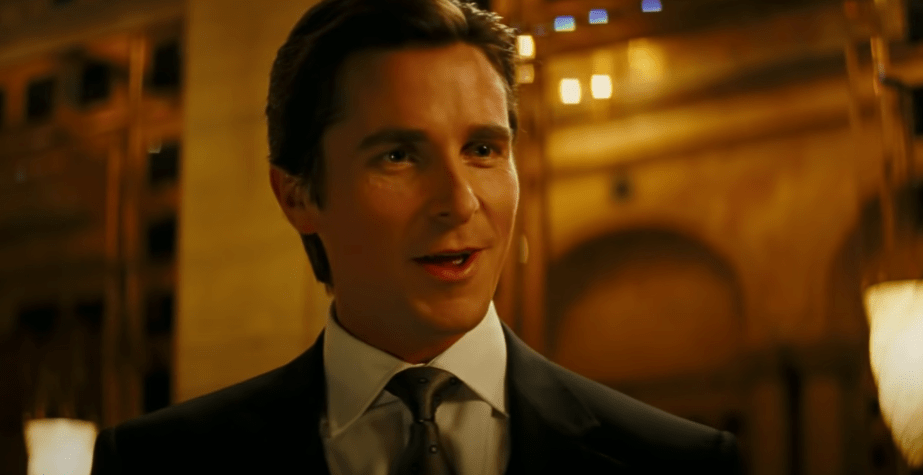
Robin is played by Douglas Croft and Douglas Croft’s weird-ass hair.
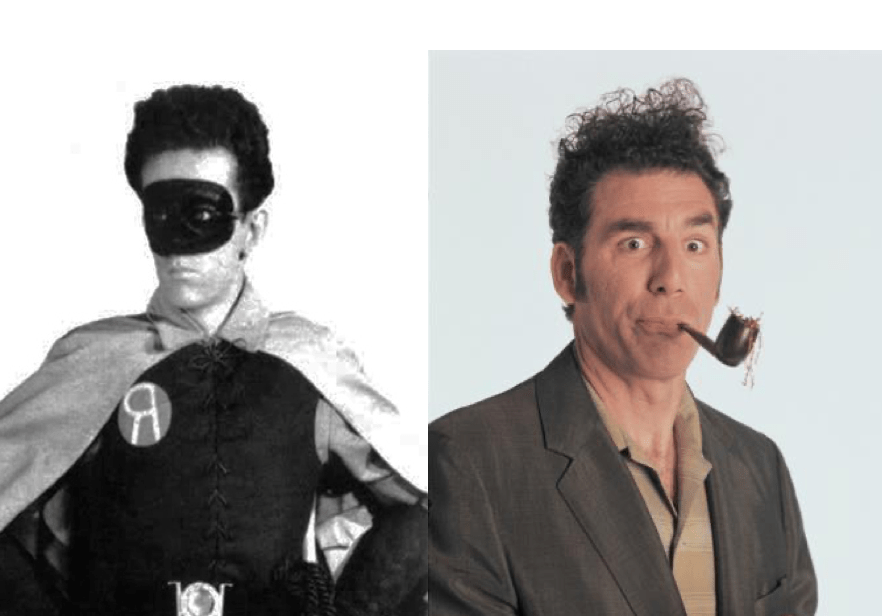
Croft plays Robin as less of a goody two shows and more of a mischevious scamp as well as a big feckin’ racist.
Alright let’s tackle the elephant in the room. This serial has a slightly less than sympathetic depiction of the Japanese. Now look, it’s two years after Pearl Harbour. The Empire has been on an absolute tear in the Pacific and have even conquered American territory in Alaska. Obviously they’re not going to be portrayed in a positive light. But even knowing that, lines like this:
“This was part of a foreign land, transplanted bodily to America and known as Little Tokyo. Since a wise government rounded up the shifty-eyed Japs, it has become virtually a ghost street, where only one business survives, eking out a precarious existence on the dimes of curiosity-seekers.“
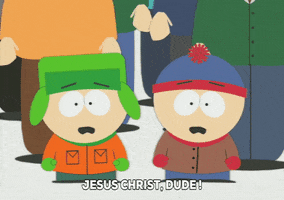
In this abandoned neighbourhood we find our villain, Prince Tito Daka, a Japanese agent played by J. Carroll Naish.
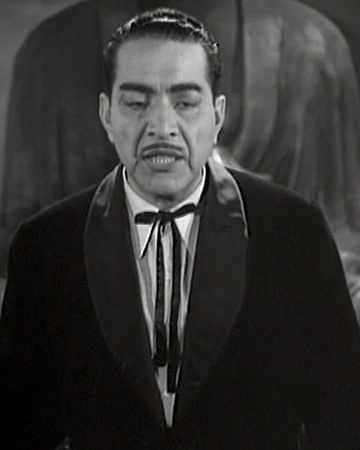
So Naish was very nearly our first screen Joker, with early promotional material for the serial advertising him as such. The character was re-written to be Japanese because America’s hatred for the Japanese had briefly eclipsed its hatred of clowns. And that’s unfortunate for many reasons, obviously, but not least because Naish could have been an absolutely fantastic Joker. I get that it’s hard to get past the whole yellowface thing but honestly Naish is hands down the best part of this whole business. He’s a sinister mad scientist who gets all the best lines and has a trapdoor full of alligators. If he had any more pulpy goodness he’d be a tall glass of Tropicana.
Daka has recruited Gotham’s local hoods into his sabotage ring and has set his sights on Martin Warren, a disgraced industrialist who’s just been released from prison. Daka wants Warren to tell him the location of a vault containing vast amounts of radium which the Japanese will then use to unleash a new kind of radioactive…weapon…on…America.

ANYWAY
It turns out that Warren has a niece, Linda Page who is dating Bruce Wayne. Why she’s dating him is another matter as she clearly views this idle playboy claiming to be 4F while Our Brave Boys are fighting at the front with withering contempt.
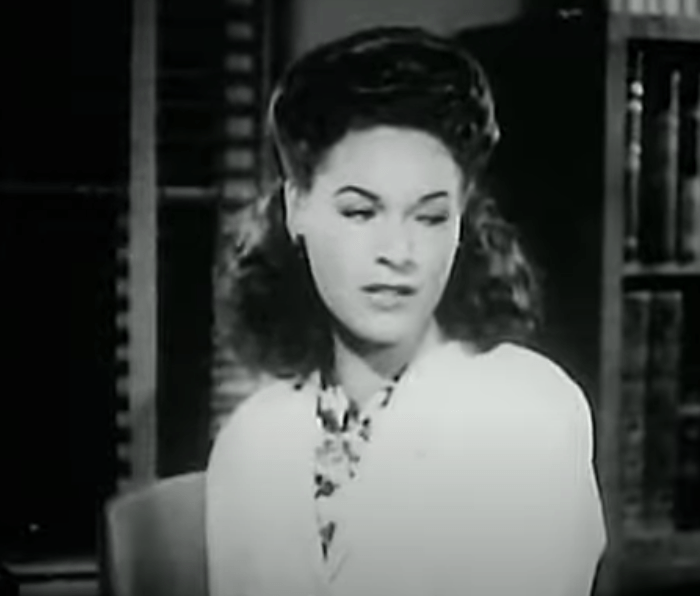
I mean, if she thinks he’s such a disgraceful coward, why is she with him?

Through Linda, Uncle Martin’s kidnapping brings Daka to the attention of Batman, who is actually working for the government as a special agent. And so begins the Batman’s long war against Prince Daka. And boy oh boy, if you thought the Netflix superhero series had too little plot for too many episodes you ain’t seen nothin’. Plots are introduced and dropped. New characters show up and are discarded like cigarette butts. An old friend of Bruce drops by to tell him about a new radium mine he’s discovered and just plonks a chunk of radium on the table for them to admire.
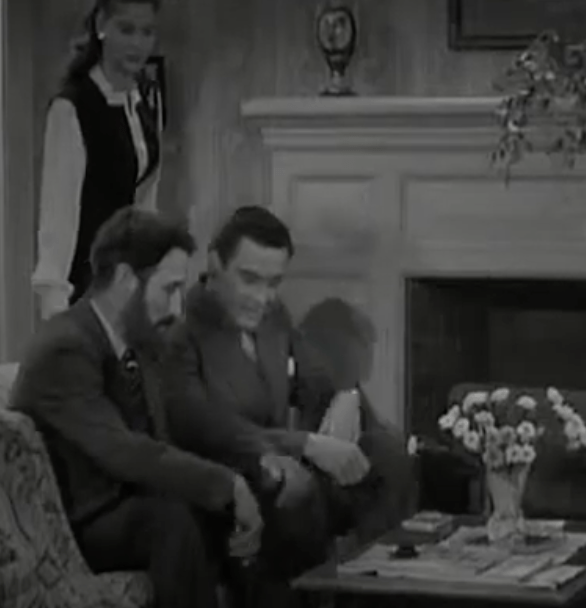
“Dude, it’s a rock. What side effects could there be?”
Daka tries to pull off some act of sabotage. Batman stops him. Daka growls “we must destroy this Batman”, rince, lather, repeat. I’m sure it was far more entertaining when spaced out every week but watching it in one go just feels interminable.
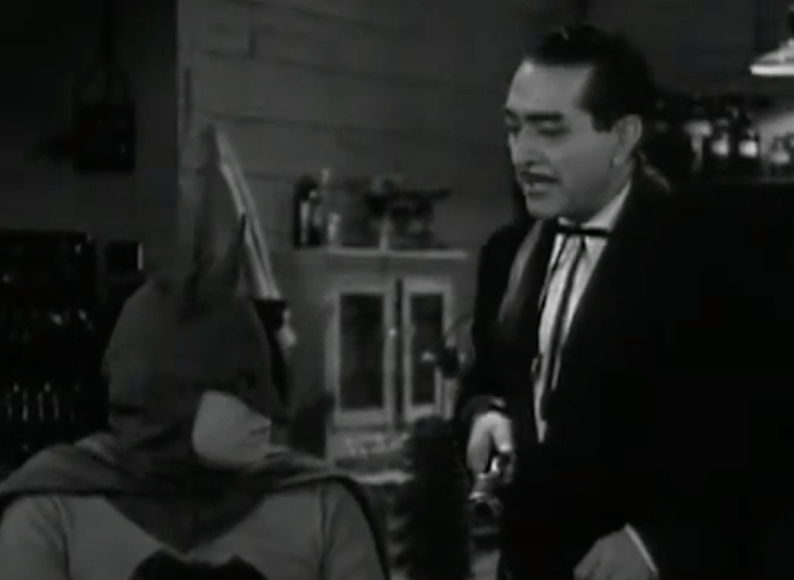
Anyway, the final episode sees Batman and Robin successfully infiltrate Daka’s base where he’s been keeping Linda as a brainwashed zombie. They take Daka prisoner and are able to force Daka to undo Linda’s programming. They also find proof that was Uncle Martin was jailed because of false testimony so it’s all good. But then, Daka takes Linda hostage and tries to make a break for it. Batman tells Robin to press a button that will lock the door, cutting off Daka’s escape but, oops, he instead opens the trapdoor and Daka is killed by the very alligators he used to kill others.

Batman, of course, leaps into action and yells at Robin to…close the trapdoor.
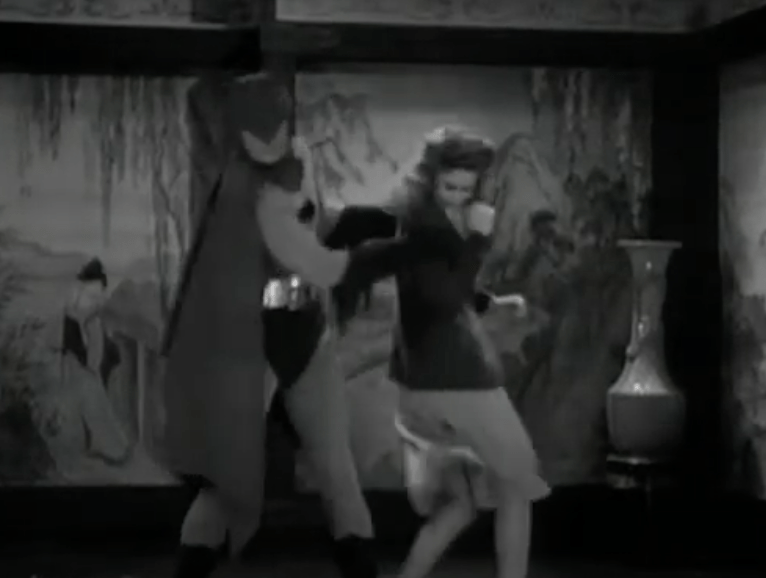
The police arrive and almost arrest Batman and Robin but they escape with a little help from Alfred. And the series ends with Bruce Wayne and Dick Grayson suddenly entering and being all “my, we just passed those handsome rogues Batman and Robin in the corridor, what were they doing here? Something heroic and sexy, no doubt”.
***
If, like me, you get a kick out of the mere act of watching old timey serials do their thing, then The Batman is certainly not without its pleasures. If you’re interested in the history of Batman as a character then it’s an essential watch. But if you want a good Batman movie, you’re going to be waiting a few decades.
The Dark Knight Detective
Lewis Wilson makes for a surprisingly comic accurate Bruce Wayne but a pretty lousy Batman.
The Boy Wonder
Douglas Croft gives us our first screen Robin. You can see elements that would inform Burt Ward’s portrayal decades later, but this Robin is a bit more of a cheeky chap with an unfortunate tendency to spout racial slurs against the Japanese.
His Faithful Manservant
This movie’s Alfred is arguably its single most influential element. This was Alfred in the comic at the time the serial came out, an overweight cockney:
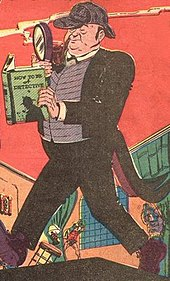
But the serial was such a success that the character was re-designed to more closely resemble William Austin.
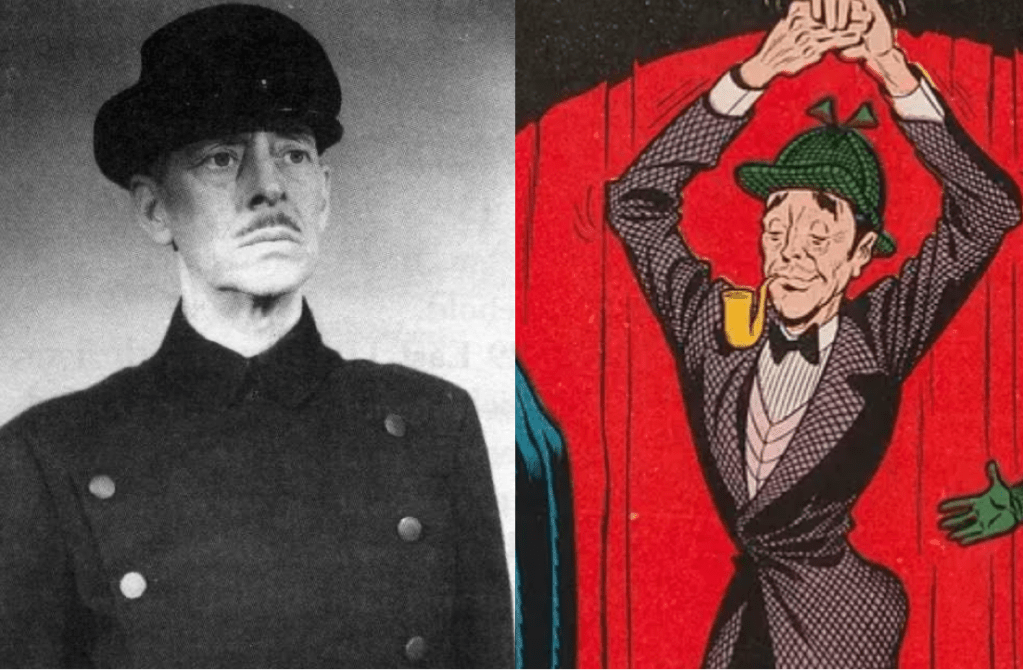
The thin, balding, moustachioed, RP-speaking Alfred is still the character’s default setting eighty years later.
Our Nefarious Villain
If you can overlook the whole business, Naish is a very entertaining villain. Crocodile pits, ray guns, zombie slaves. I like a villain who respects the classics.
Our Plucky Sidekicks
Charles C. Wilson gives an entertaining turn as Captain Arnold, a cop who doesn’t trust Batman but has no qualms taking credit for his work.
Batman NEVER kills, except:
This Batman is actually pretty good about not killing people for the most part, even entering a burning aircraft to rescue two unconscious hoods. But, while he doesn’t deliberately murder anyone (at least not that I can recall) his actions do lead to one of Daka’s men getting eaten by crocodiles. He also makes pretty much no effort to save Daka from the same fate but it was probably too late to do anything. Robin though? Robin is a stone cold killer.
Where does he get those wonderful toys?:
Marvel at 1940s Batman’s high tech gear! Such cutting edge tech as…A BLACK LIGHT! AND A POCKET RADIO!
Oddly enough, it’s the villain who has all the best toys, with Daka making use of mind control, fingerprint scanners and ray guns.
It’s the car, right? Chicks dig the car:
The first onscreen Batmobile is a Cadillac Series 70
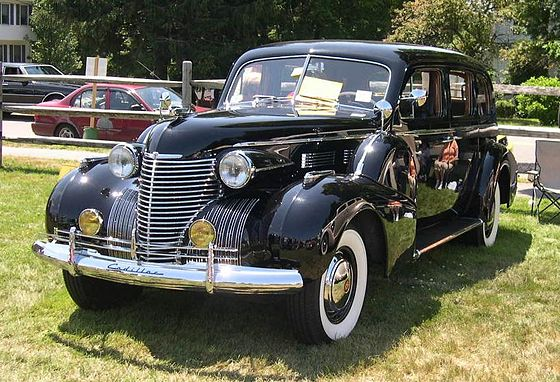
No weapons, no gadgets, no bat insignia, nothing. In fact, Batman and Bruce Wayne both use the same car, with Alfred driving them which probably leads to some questions in Gotham like; “how swell a guy is Bruce Wayne that he lets Batman use his car AND his butler?”
Again, Daka actually gets the better tech with a car that can spray paint to change colour while on the move.
FINAL SCORE OUT OF TEN:

NEXT UPDATE: 29 September 2022
NEXT TIME:
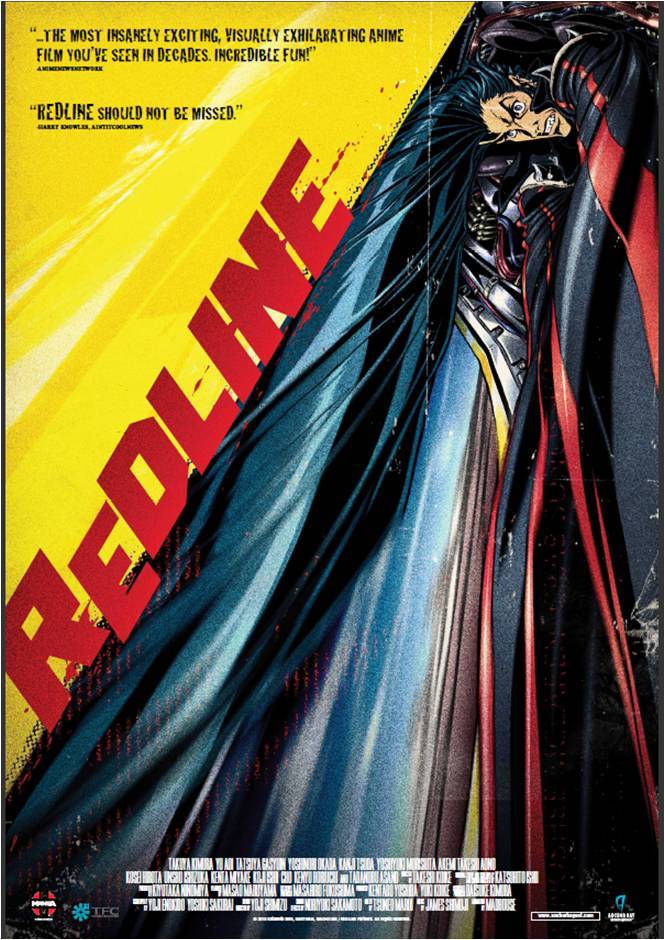
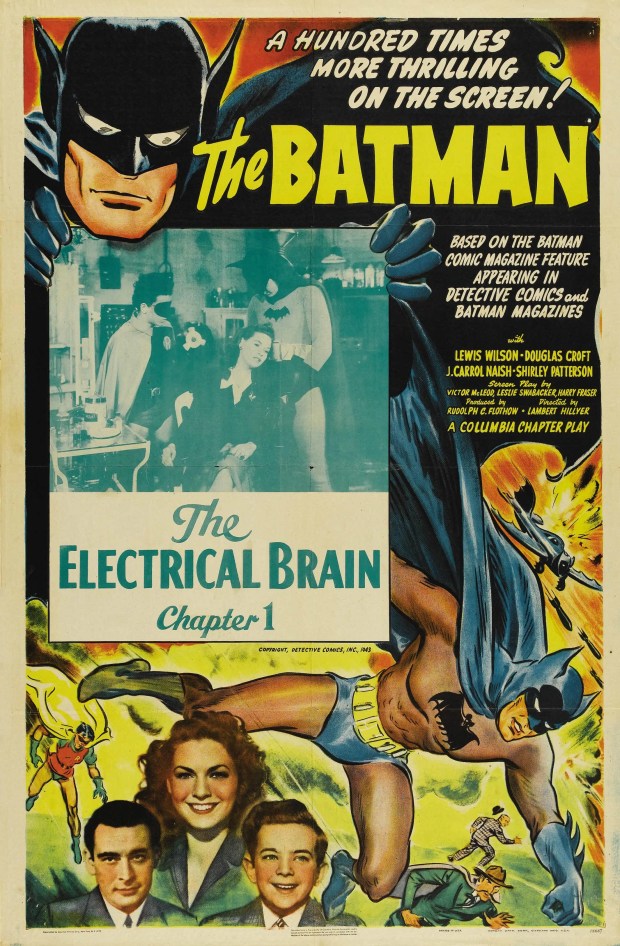
My first thought: I’m not sure debating the meaning of the definite article is going to change anything, but I’m willing to have the discussion. And come to think of it, we all know the word “superhero” is effectively meaningless, right? What I’m saying is, the first superhero movie must have been Roundhay Garden Scene in 1888. My logic is unavailable– I mean, unassailable. 😛
Setting that aside, sounds like this has aged fairly poorly. Anything interesting on the technical side? Interesting camera work, special effects, pure weirdness, that sort of thing?
A great start to your new series, got a lot of laughs reading this one. Thanks to being a MSTie, I’ve seen far more film serials than I would have preferred, but they do have their moments.
Also: At last, my first (chronologically) requested review is next!
Oh man, Commando Cody? Those were PAINFUL, no wonder MST3K stopped doing serials.
You got that right! From what I learned, part of it was that its DAMNED hard to make new jokes about the credits sequence when its the same thing NINE times in a row.
Yeah…sorry about the wait.
I’ve actually seen Naish in a couple of things. I buy it that he could play a pretty good Joker. It’d be interesting if he had, so much of that character is informed by the various actors who have played him over the years, even more than Batman is.
Serials can be fun, but are super frustrating to binge. I love classic Doctor Who, but more than two episodes in a sitting is a headache. Each serial would have enough story to be maybe 3 or 4 episodes, but they’d stretch it to 6 to get more use out of the cast, sets, costumes, and monster effects. So someone’s always getting captured or lost or put in a death trap, to pad things out.
And even the four parters often feel like two episodes of plot stretched out. Infuriatingly, I feel that the few times the Classic Series would do just two parters, they would often feel rushed if anything, and that’s a problem I also often have with the 45-minute format used for most of New Who’s stories.
I actually wonder if it’s even possible to get the pacing for Who right, you need time to build up a whole world each episode, but then the plots themselves will often be fairly simple, meaning it can be all too easy for the whole thing to become a runaround if things go on too long.
Next time there’s a huge crisis-level alternate-universe crossover event, why don’t they bring in this guy? I’m sure it’d be hilarious to see this low-tech sweet-talker interact with the younger, grimmer Batmen, and sling racial slurs at Katana, Doctor Light, Bushido, and Rising Sun!
Oh wait, no, that would be awful.
I recently saw Superman and the Mole Men hearing it is the first superhero movie.
It’s the first feature (I say, without checking).
Wow, I had no idea this even existed. Thanks for the review Mouse!
A question, if you don’t mind. Why did you use Enkidu as an example of a mythological hero? Wouldn’t Gilgamesh fit the bill better? Though I guess with all his flaws he’s more of an anti-hero. I’m not the most knowledgeable person when it comes to mythology so I may be mistaken.
As Enkidu had a gimmick (being a wild man) I though he fit the bill a bit better
Yeah, never try to watch a serial in one sitting. I tried that with the old Flash Gordons back in the day and lost interest after a while. Episodic formats exist for a reason.
Funny to think that several bits of Batman lore began from this serial, such as Alfred’s look and accent.
Incidentally, I’d like to see a Batmobile version of a 70 Cadillac.
William Austin pretty much played the same role (only with more gay innuendo, as it was pre-code) in the early-talkie Fu Manchu movies for Paramount, in which the young hero is played by Neil Hamilton, so you get to see Comissioner Gordon and Alfred from two different versions of Batman in the same movie!
Lewis Wilson’s other claim to fame is that he married his co-star from the tedious jungle romp Bowanga Bowanga, Dana Natol. Their child is Michael G Wilson, producer of the Bond films – Dana marrying Albert R Broccoli in 1959.
My favourite bit in this serial…Batman climbing a fire escape, the stuntman’s cigarettes falling from his utility belt.
I’ve seen that “Who was the first superhero?” question raised so many, many times and every single time I reply (with all due respect to The Man, who just might have had reasons of his own to downplay contributions made by the Distinguished Competition*) “They call them SUPERheroes, people, this is not rocket science”.
With respect to the likes of Mandrake, The Phantom, the Scarlet Pimpernel et al, they’re the precursors, not the thing itself (The same way that the dinosaurs were most definitely not birds, no matter what their collateral descendants may be).
*For one thing it struck me only quite recently just how many elements Superman and Spider-Man shared right from the off: a bespectacled alter ego, orphaned yet happily adopted, superhuman physique & uncanny senses, favourite colours blue & red, leap tall buildings in a single bound … and then Spidey starts working at a newspaper to boot.
Amazing how working with essentially similar ingredients can produce such a distinctive outcome.
This was very informative! I, like most people, wasn’t aware of this serial much less of how impactful it was to the future look of the Batman world.
That “It’s a rock, what side effects can there be?” quick got me good, lol!
Re: superhero serials in general, I enjoyed the Captain Marvel serial the first time I watched it, but, yeah, “cycling in place for ten episodes before abruptly sprinting to the climax” describes it perfectly. I haven’t watched the whole thing since. (And I usually skip the first chapter even when I try, since it’s the longest and slowest-moving of them all)
Redline is Frakin Metal. There is some clear Frankl Miller DKSA influence in it.
For me:
Hero
– Has extraordinary powers/skills
– Uses them primarily for good
Superhero
– Hero
– Like Megamind said “Presentation”. If you’re dressed in a costume that makes you stand out from the world you’re living, you’re a superhero.
OR
If you’re a “Hero” but you live in a Super Hero-Centrist Universe (say Luke Cage in Marvel), you’re a superhero.
Transformers are an interesting case. A single Autobot on Earth would be unquestionably a superhero. But the more Autobot you add or, Primus help us, send him to planet Cybertron, he just becomes mass produces soldier. A hero, but nothing “super” about him.
There are grey areas (silliness of costume, uniqueness of skills, frequency of doing good), but generally I think it covers most bases.
Only one thing makes me hesitate: does a superhero must treat his heroics as a sorta job, patrolling the city, seeking crime, etc? Or it’s good enough if he is just a good person and stops crime when he sees it. Because most Ninja Turtles stand on this very line.
I’m not going to lie, much about this serial may seem dated or ‘Batman 1.0’ but hearing so many Gotham Citizens sound like they just stepped off the bus from Beantown and will belt anyone who asks them about Harvard Yard feels so very, very right.